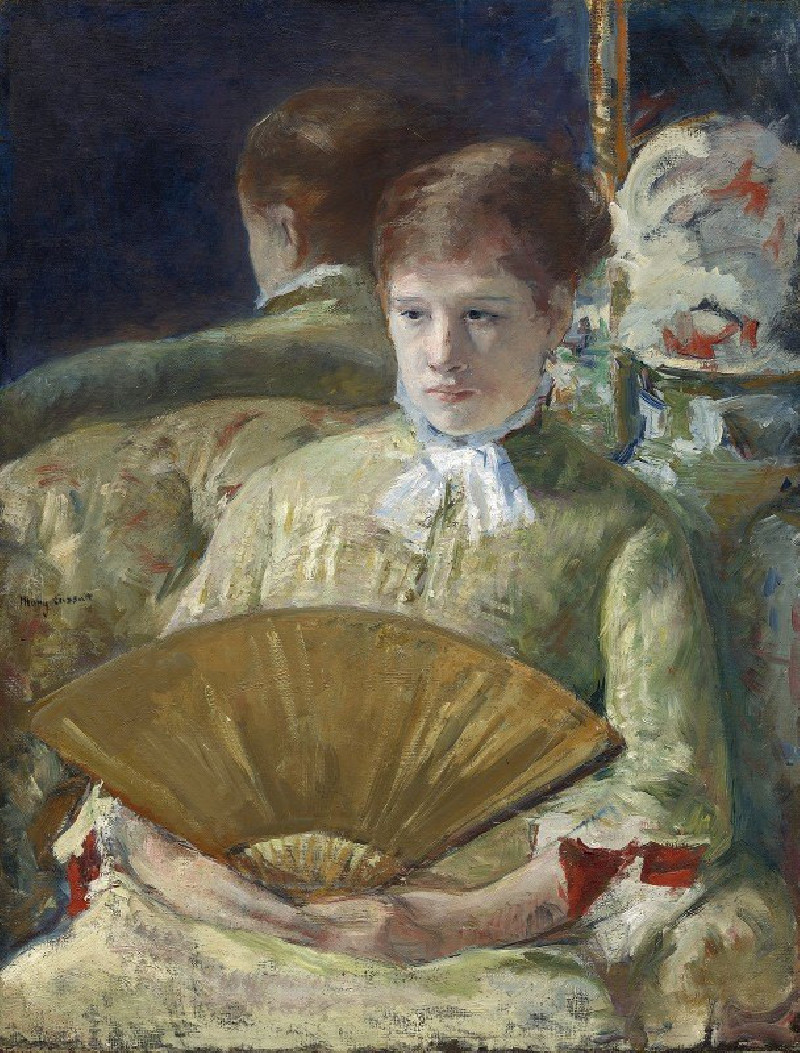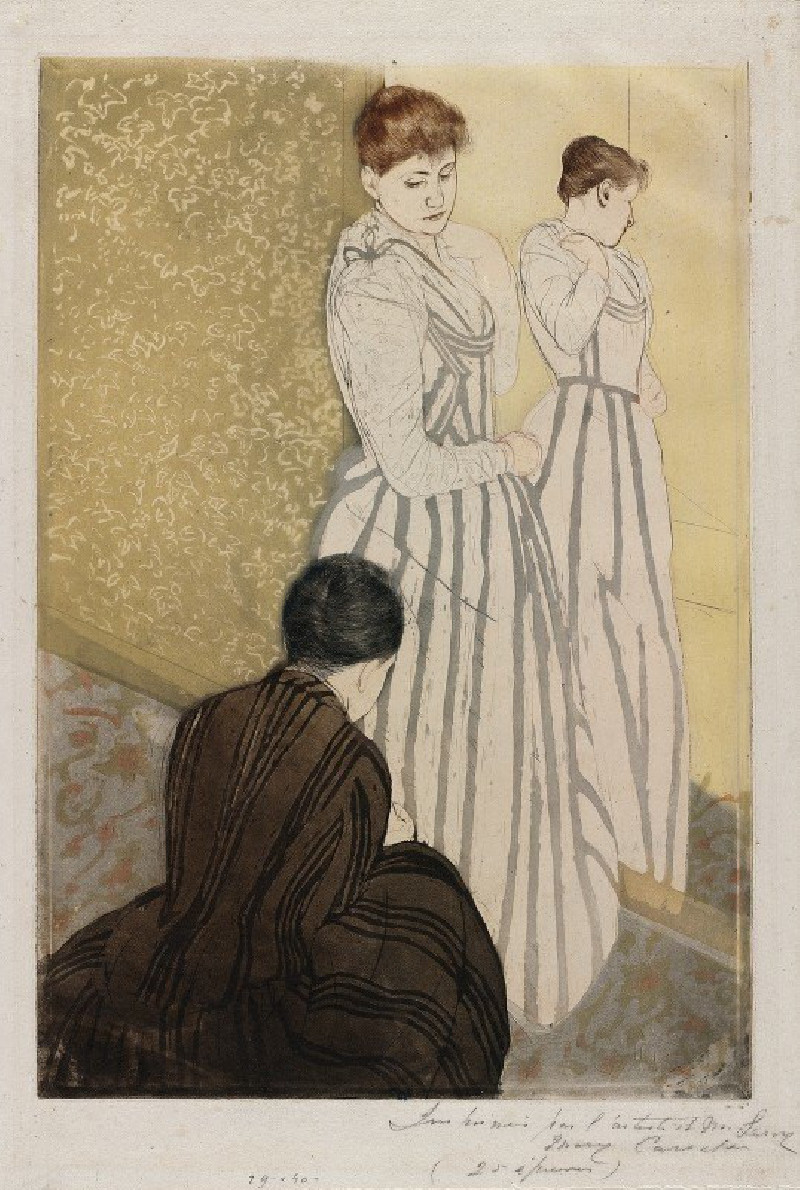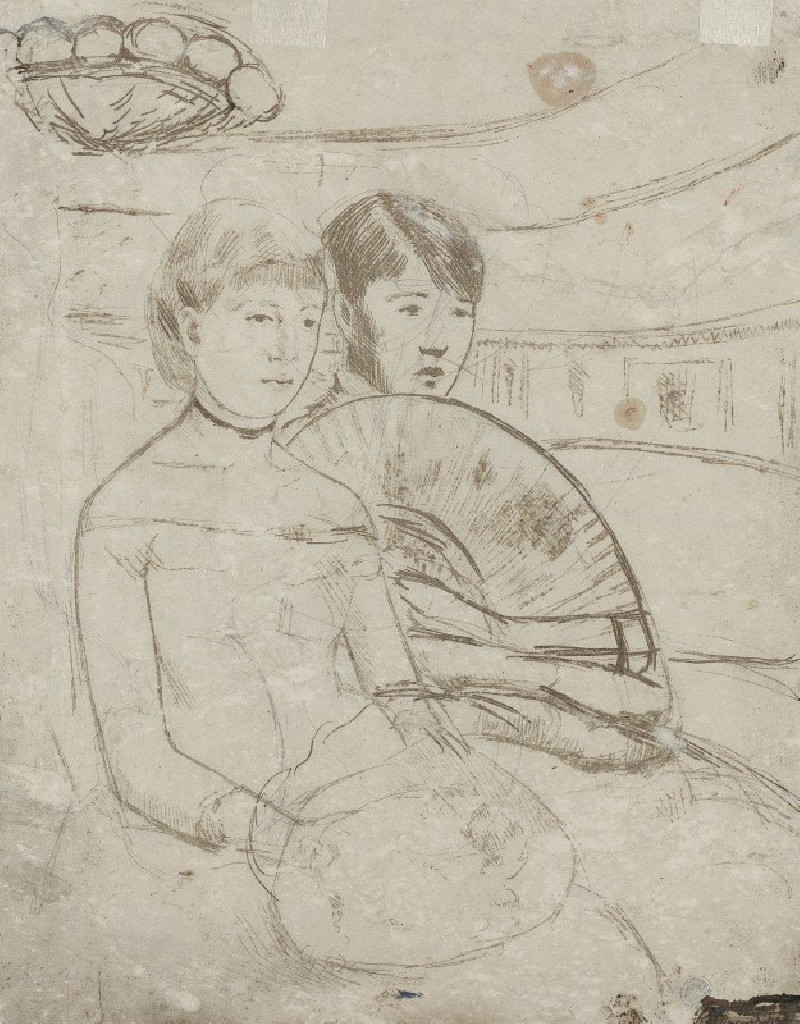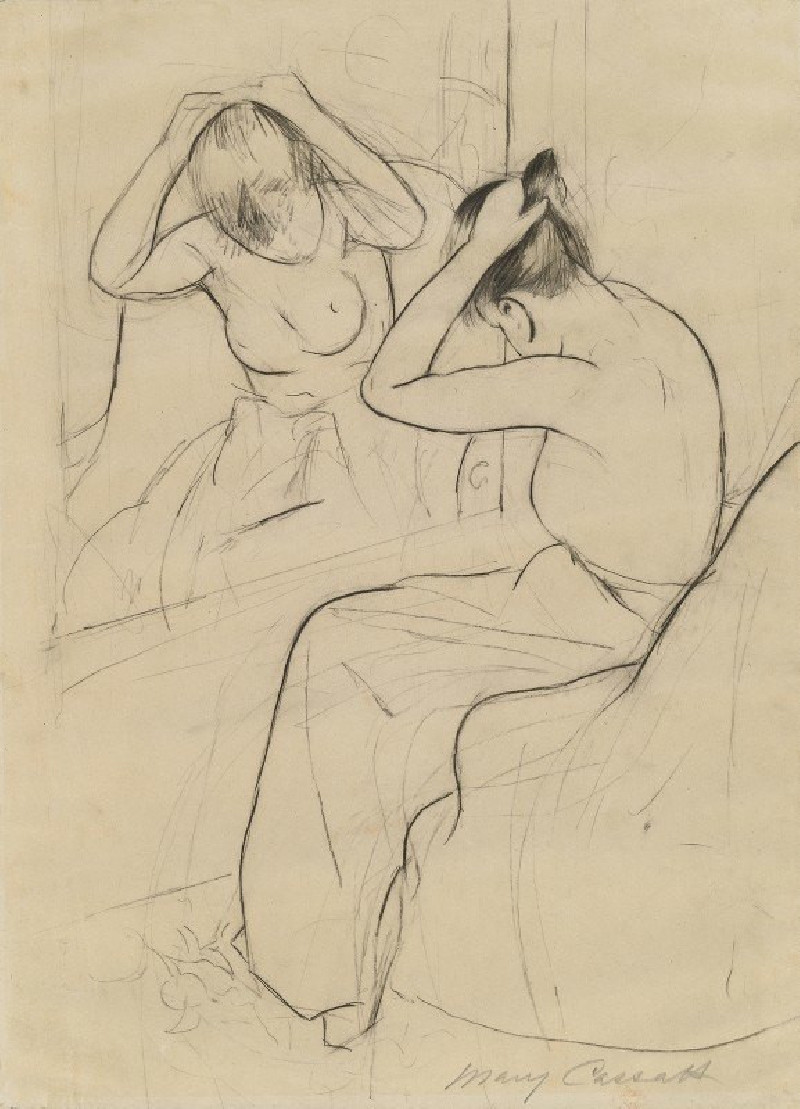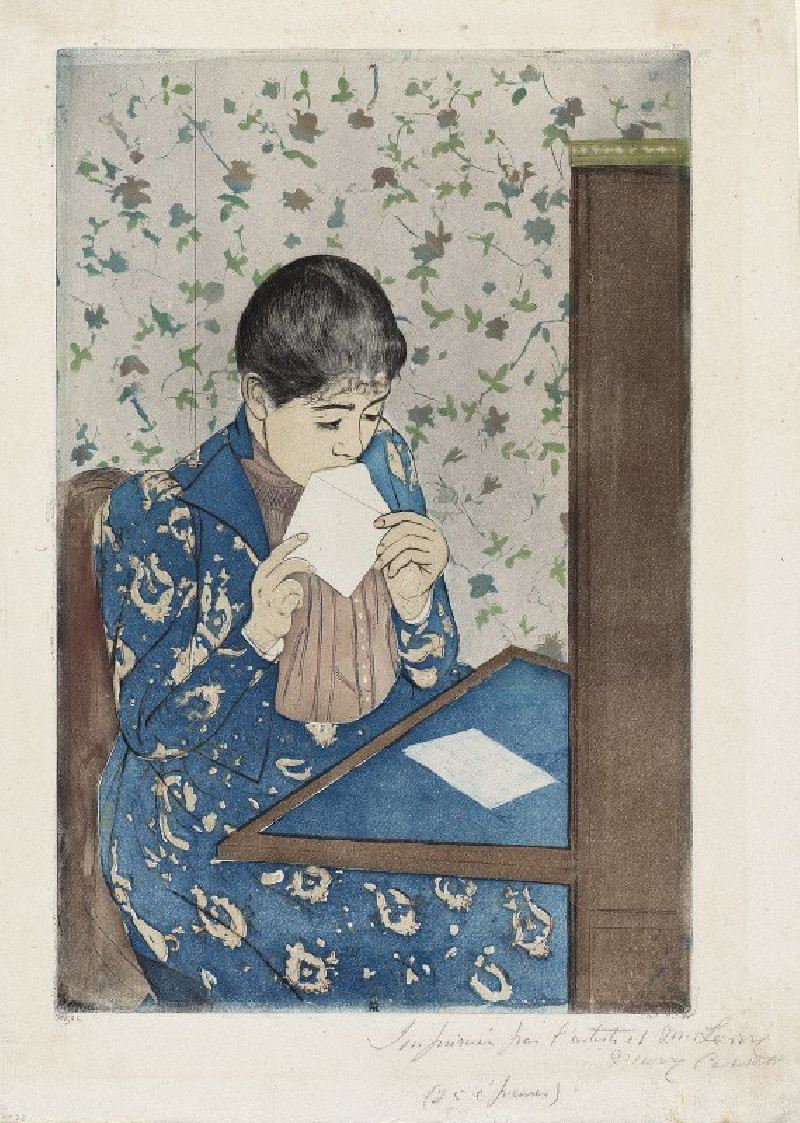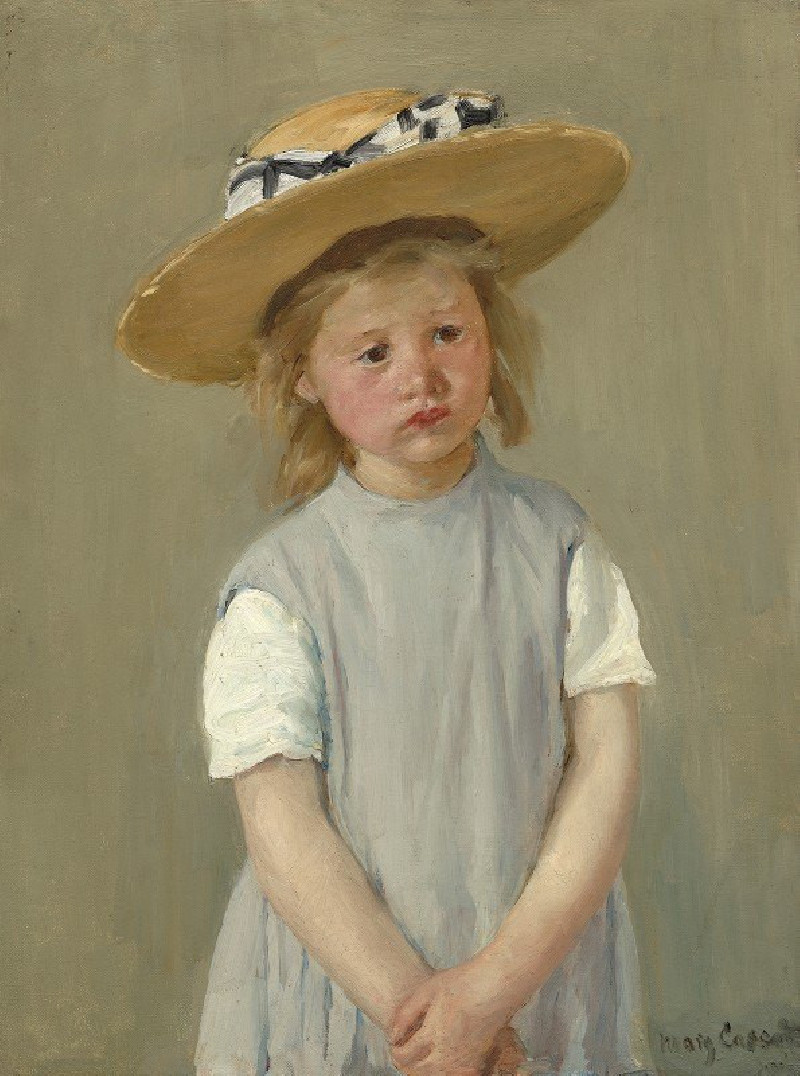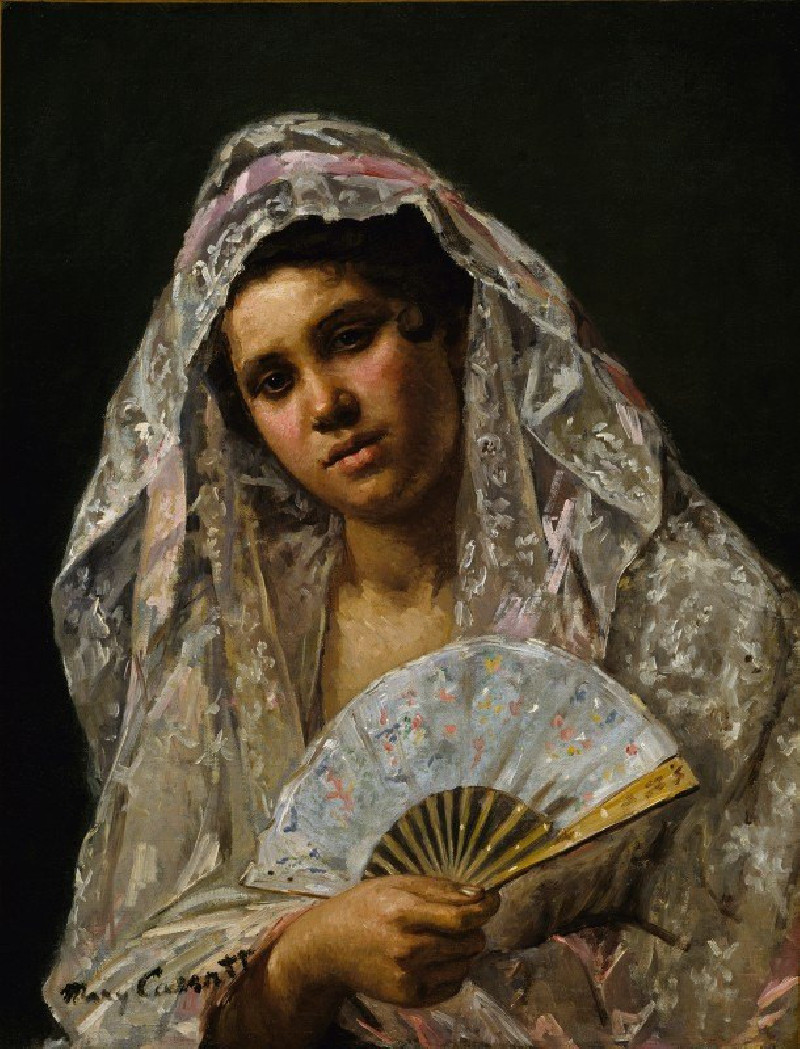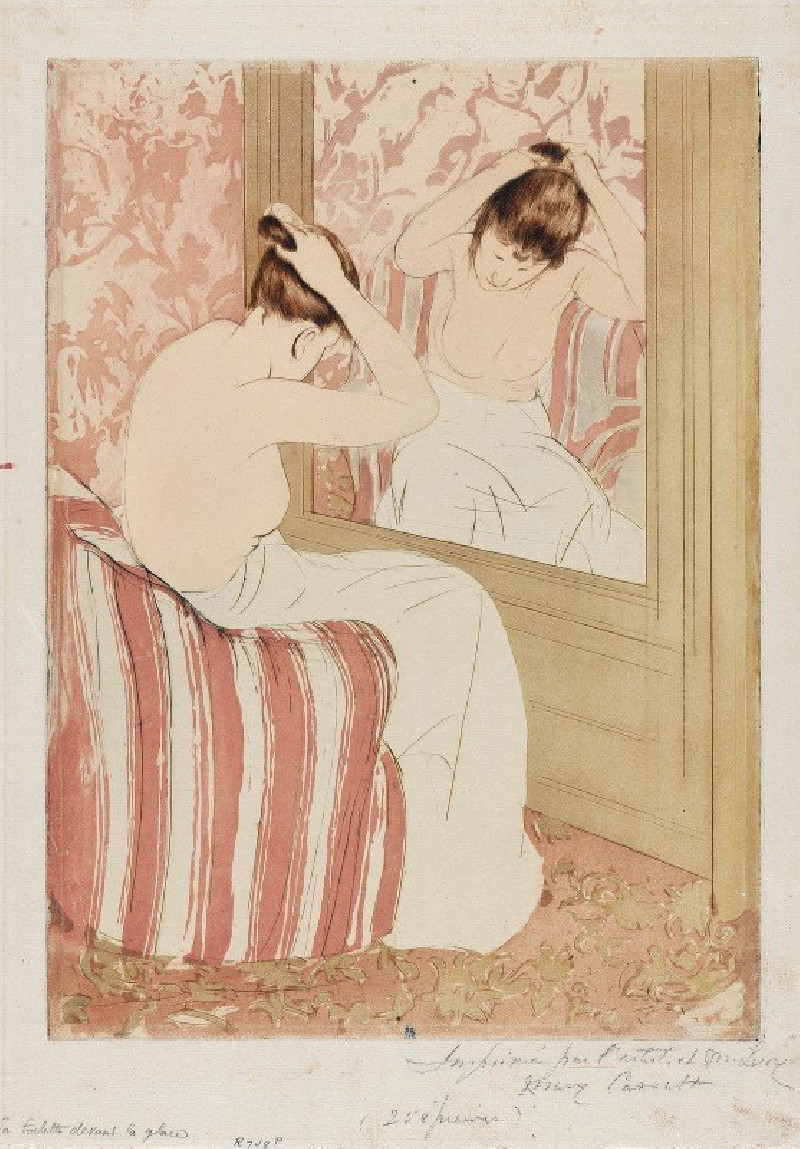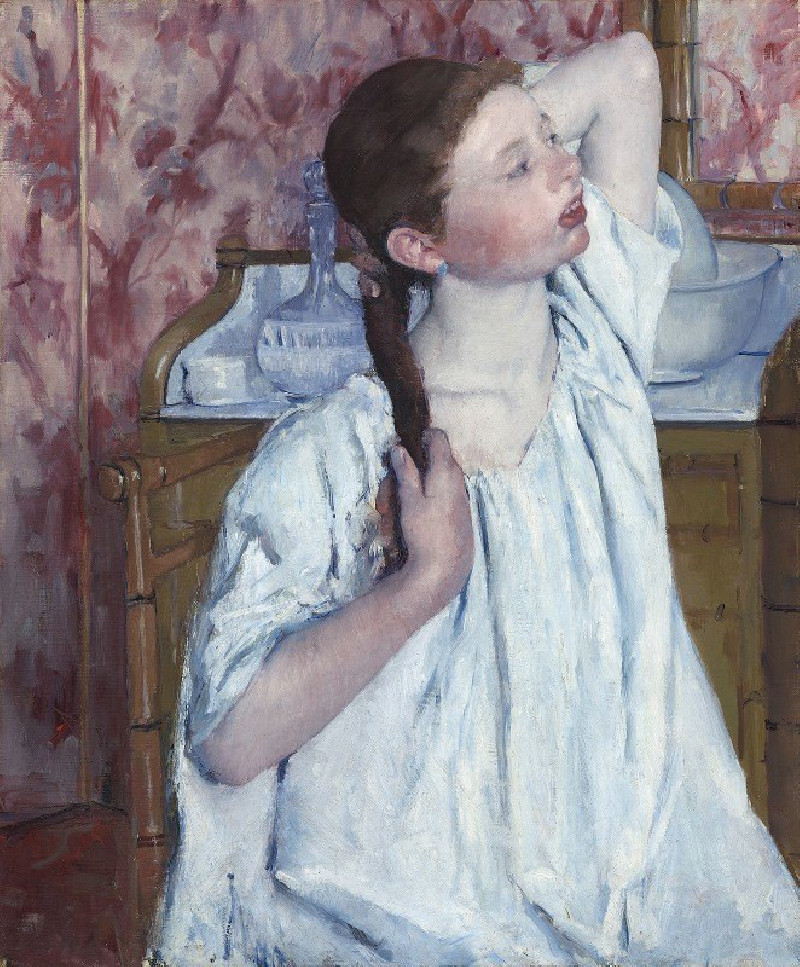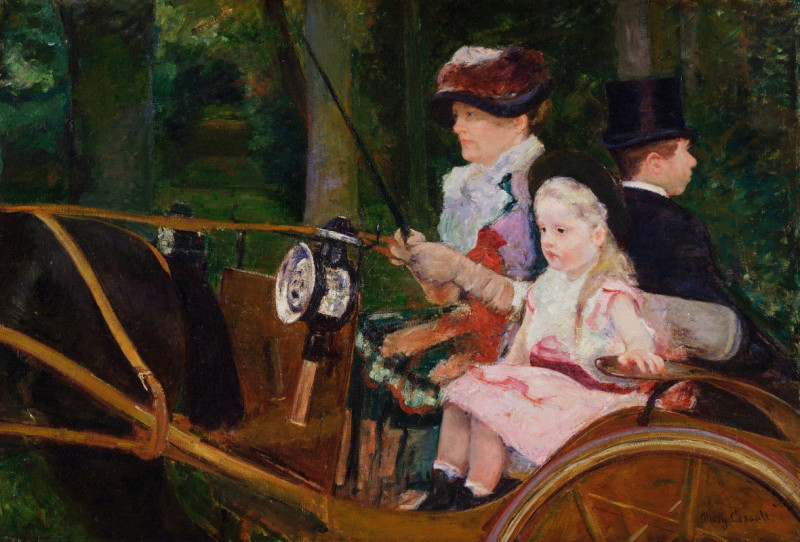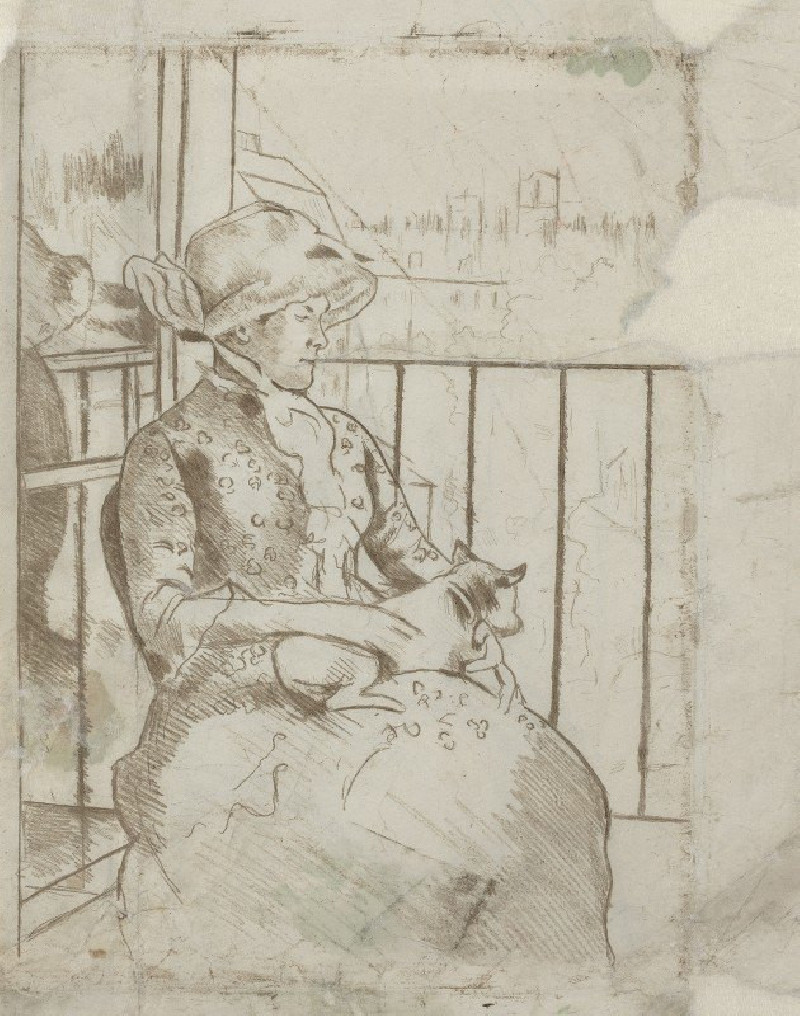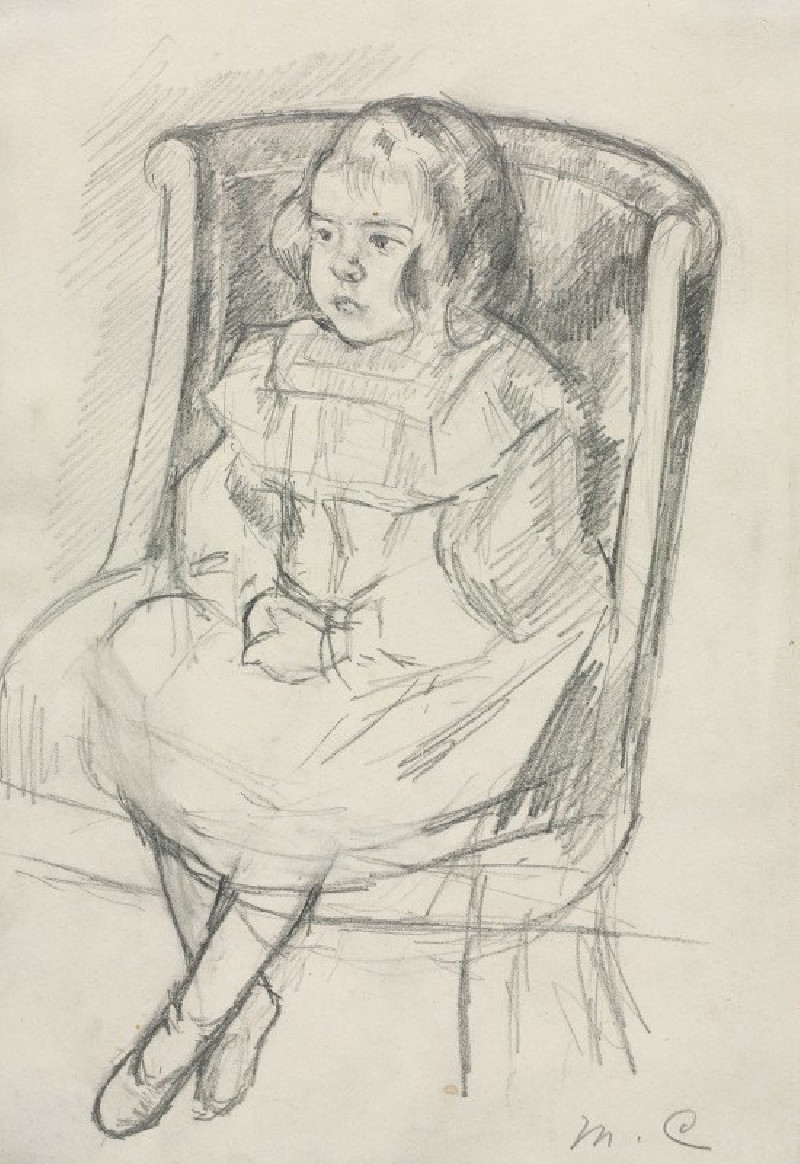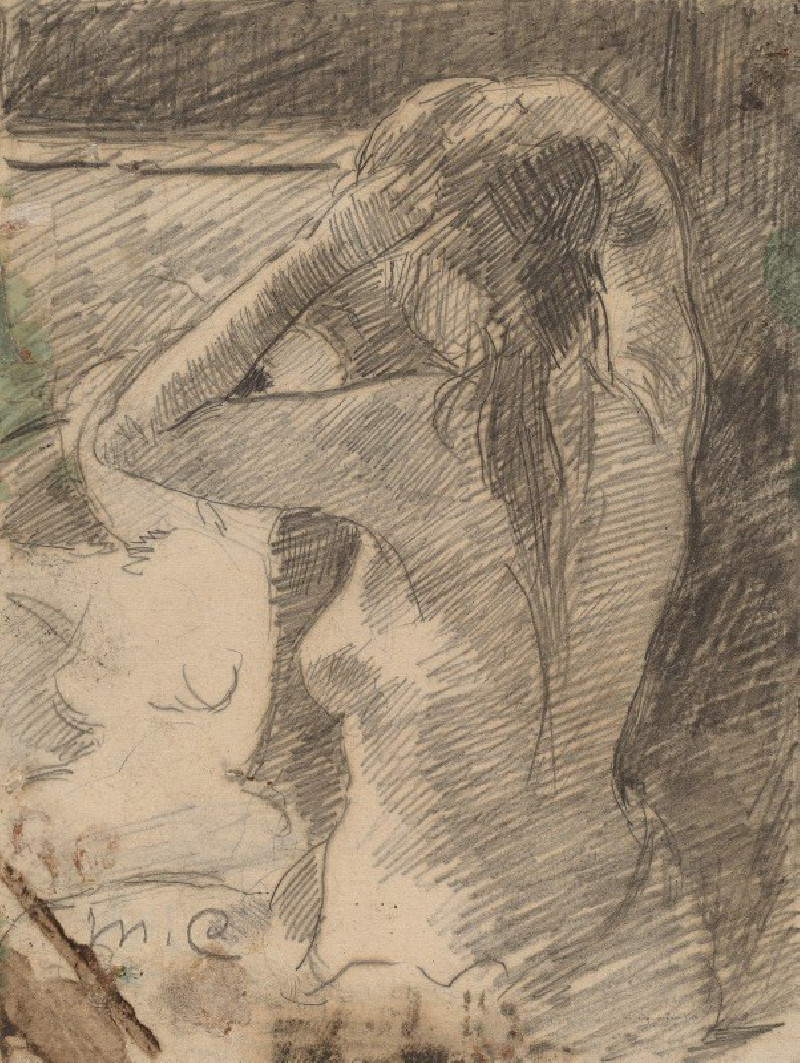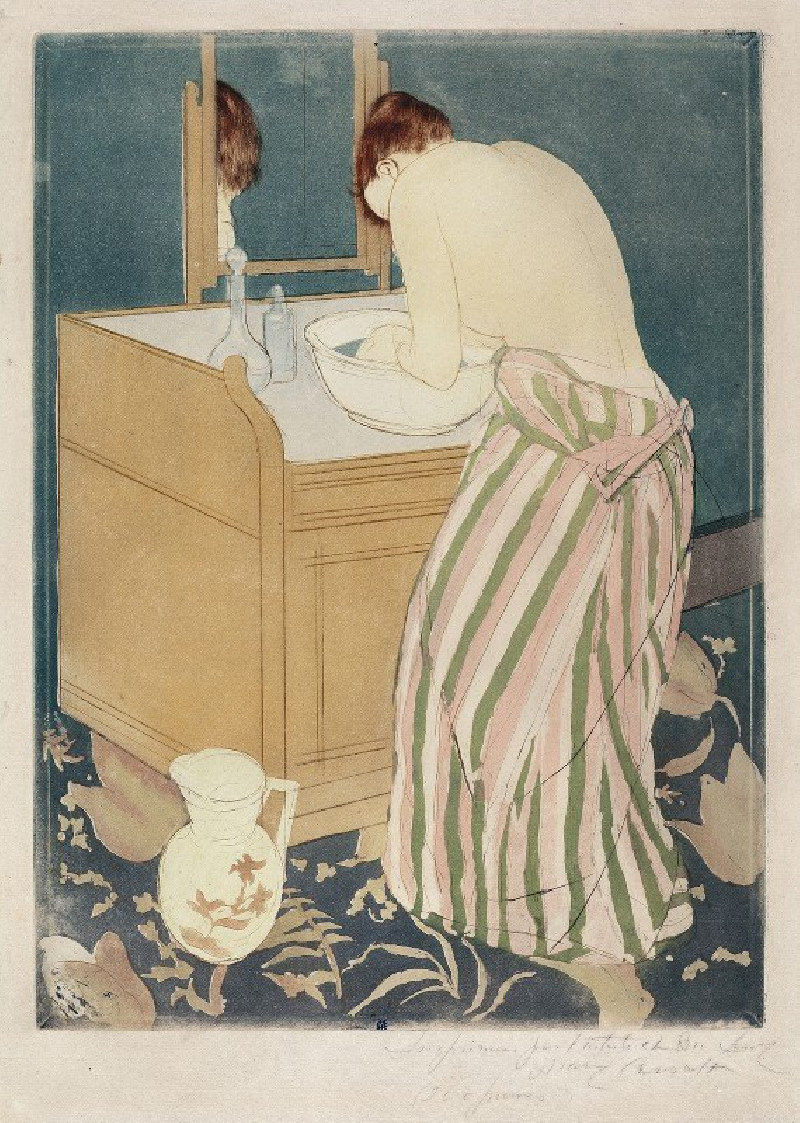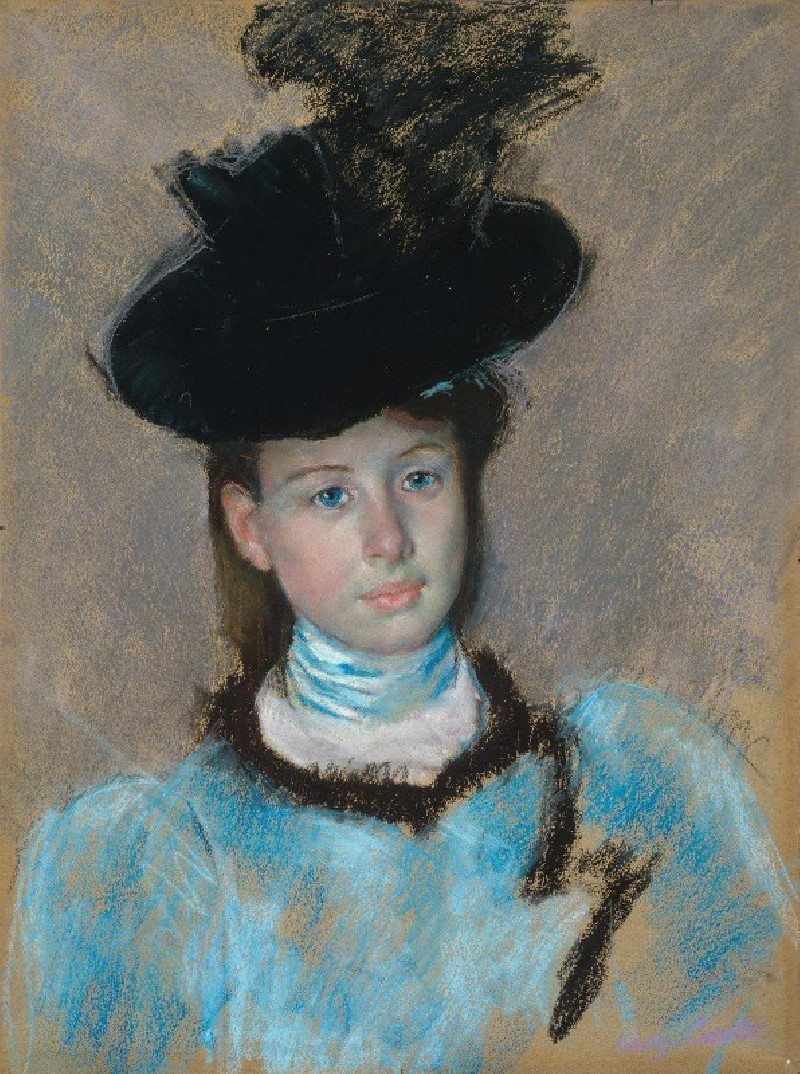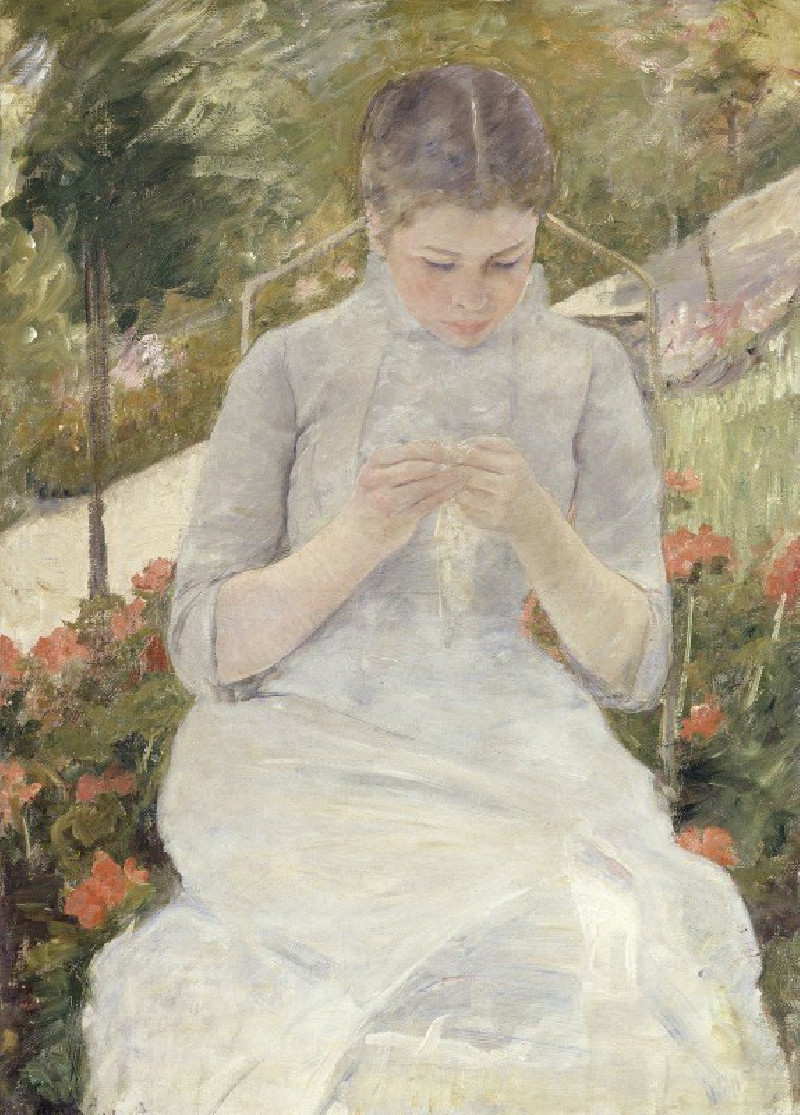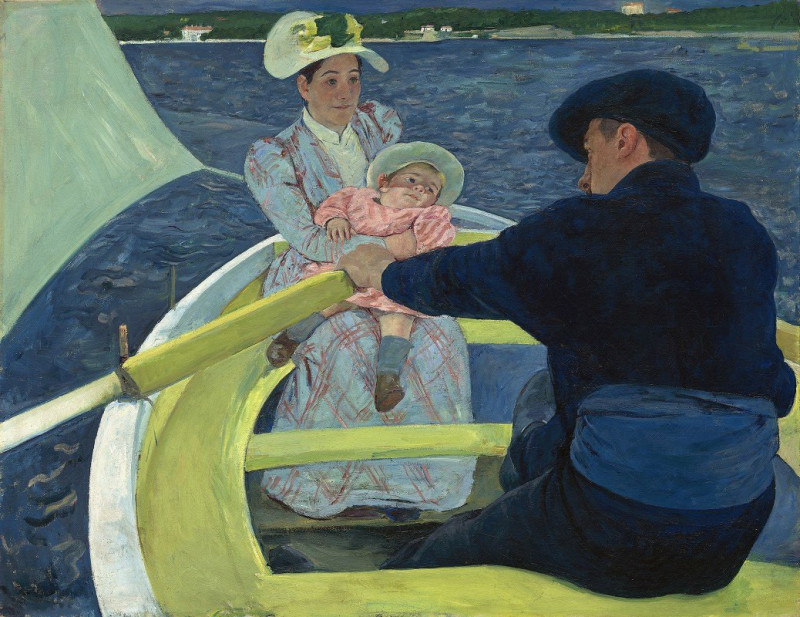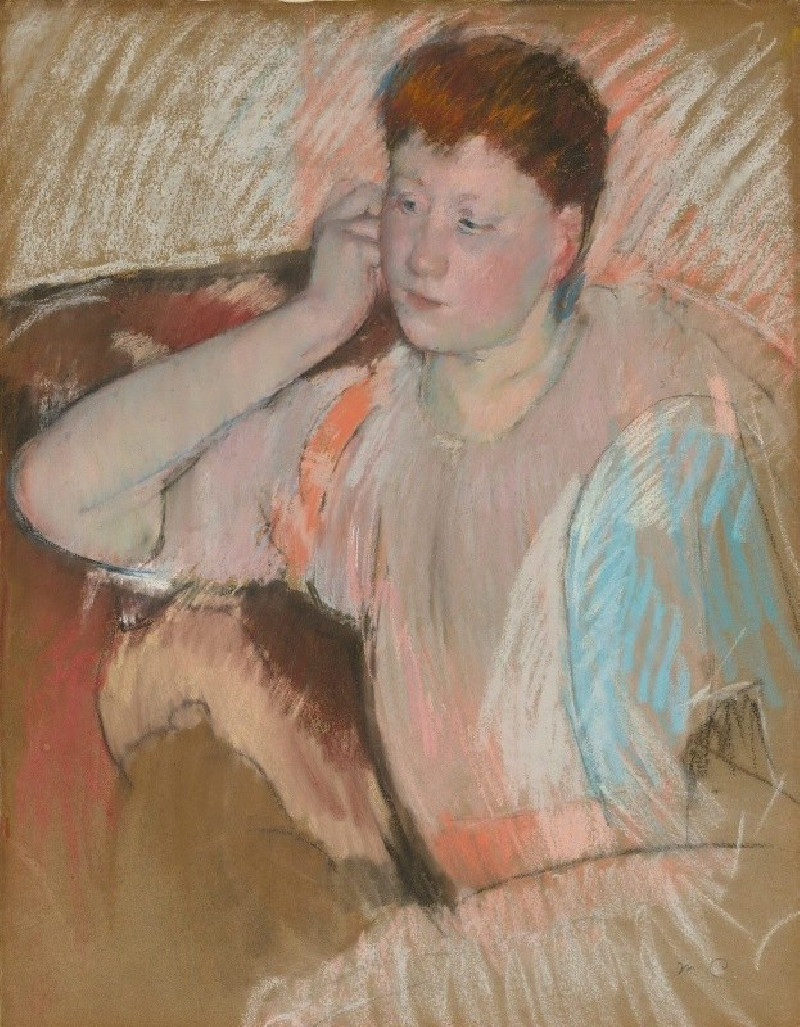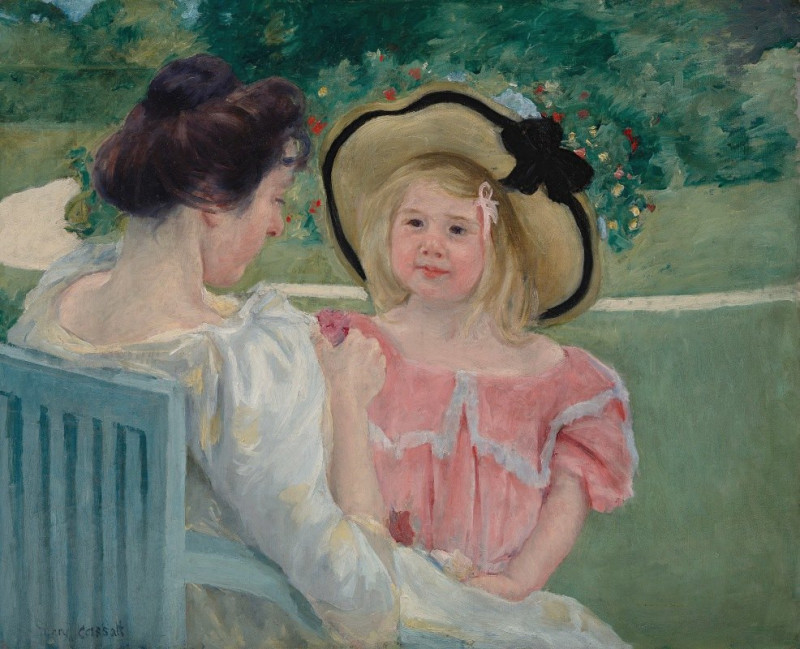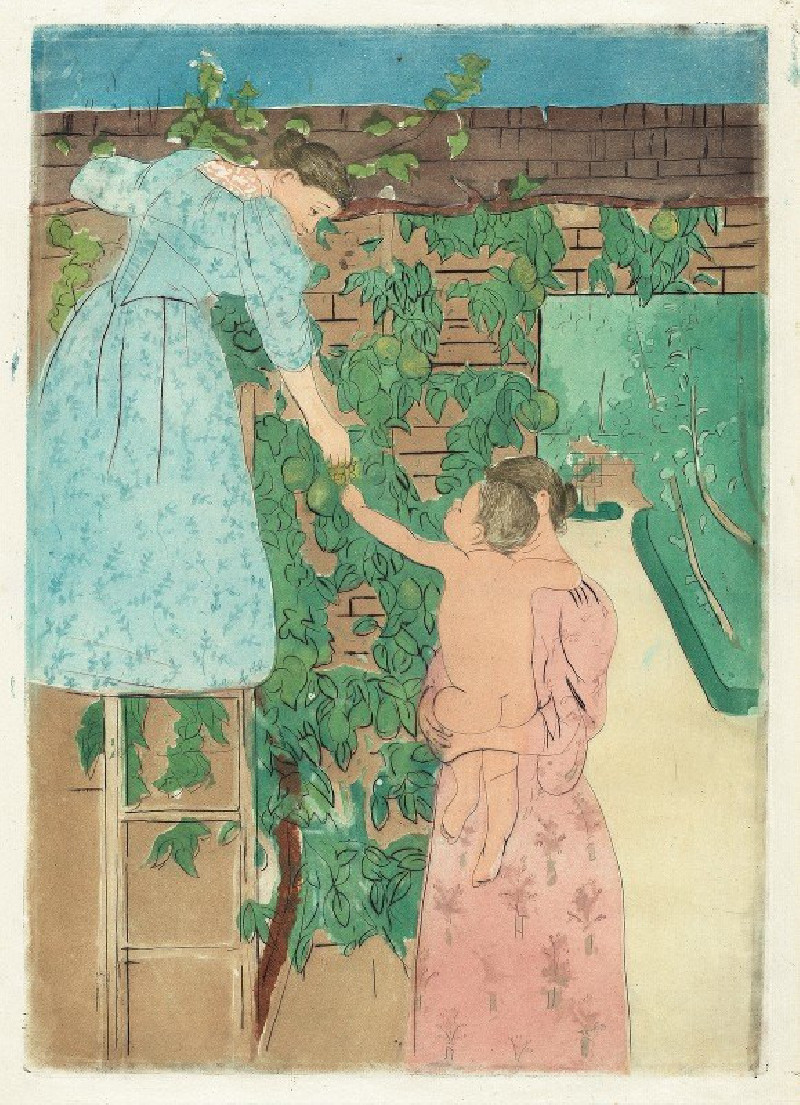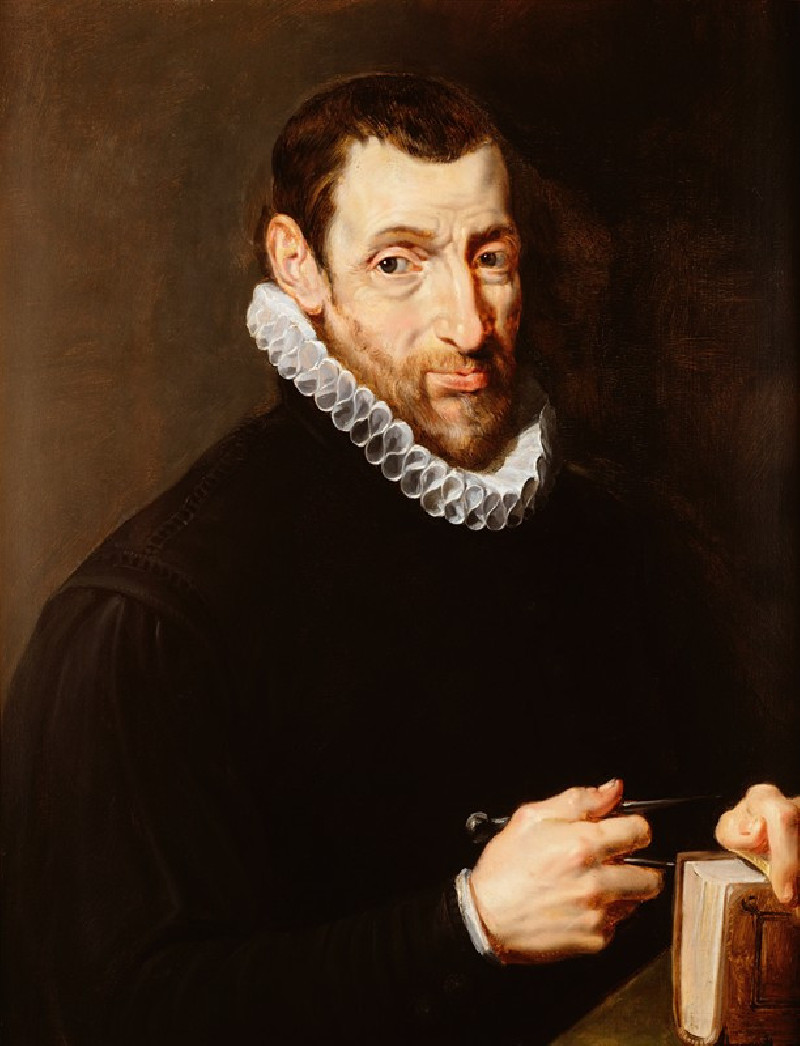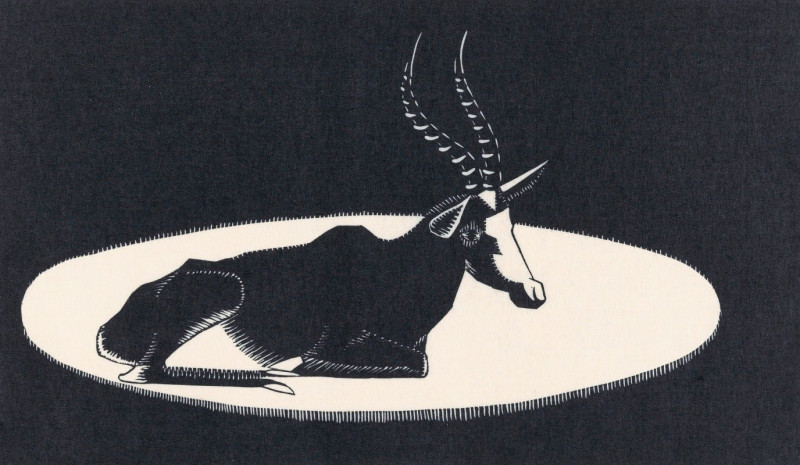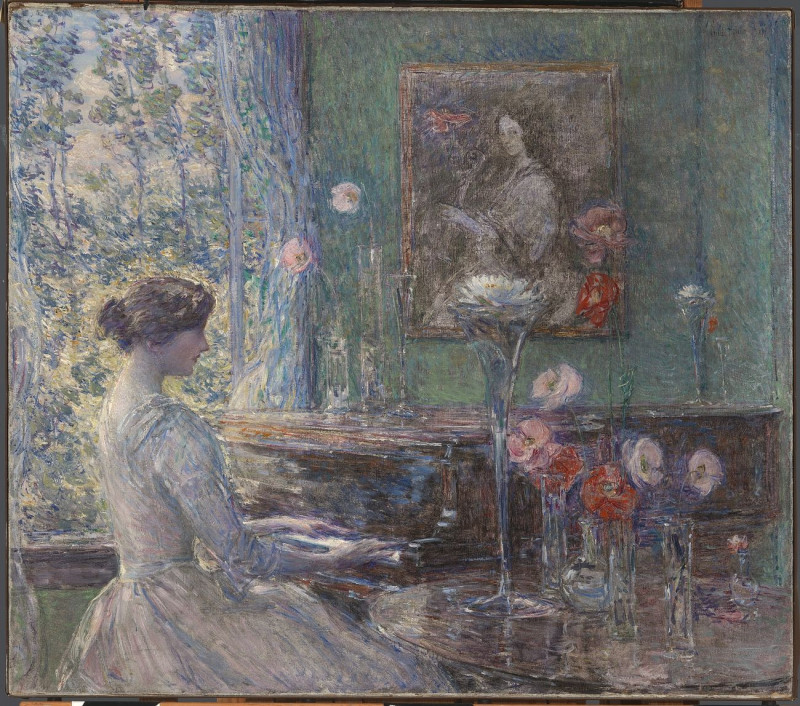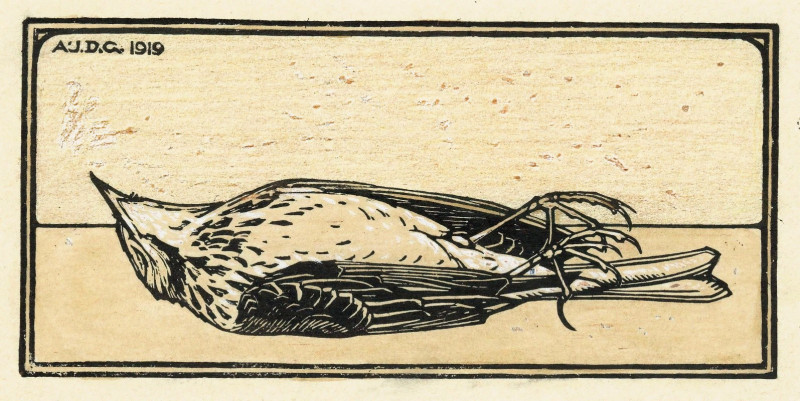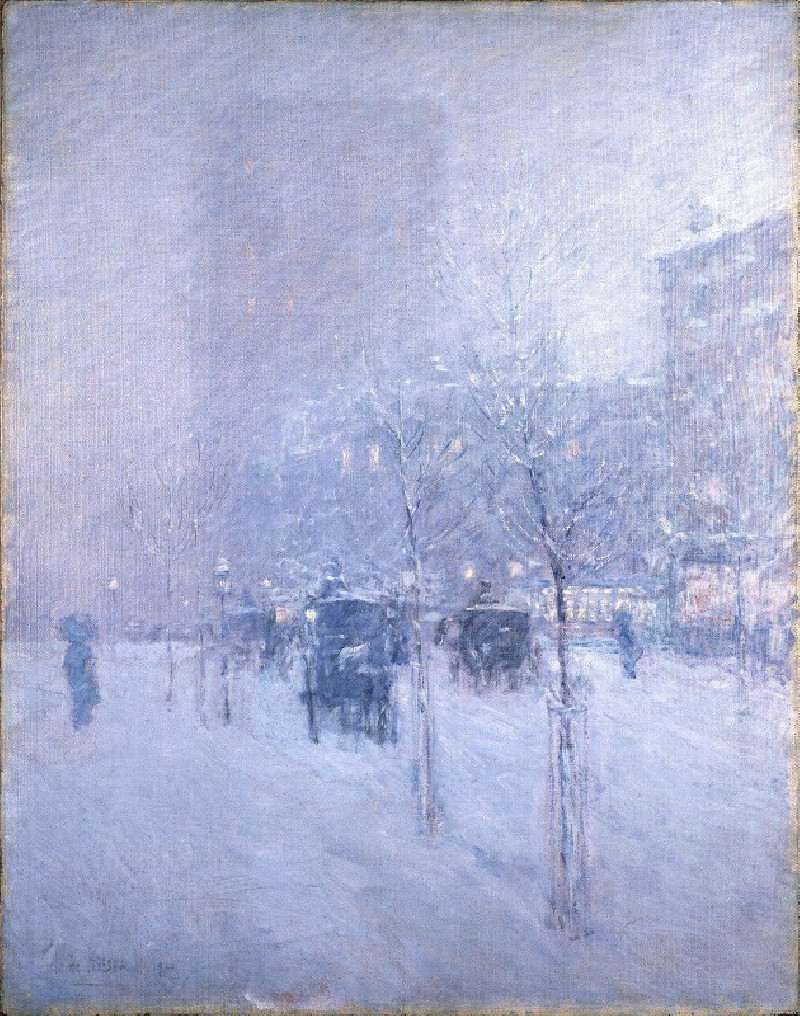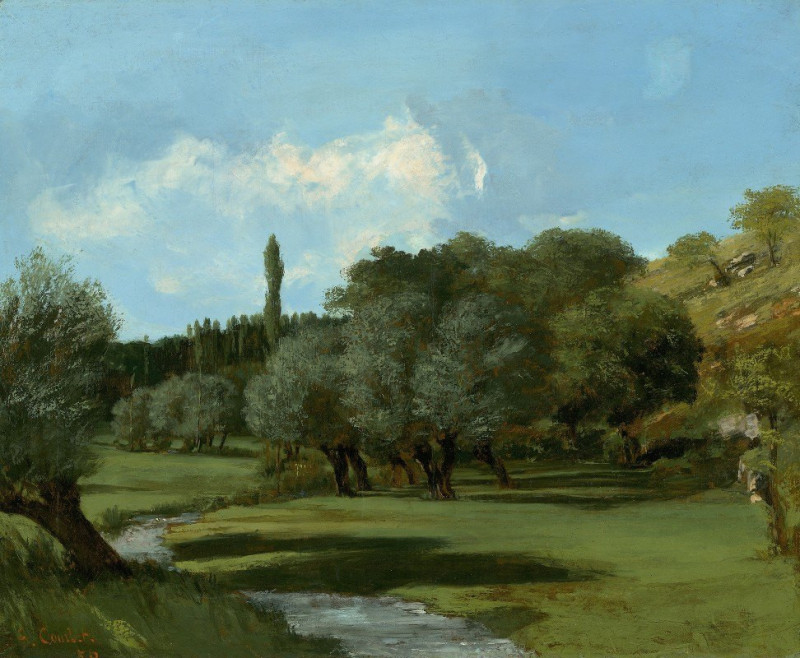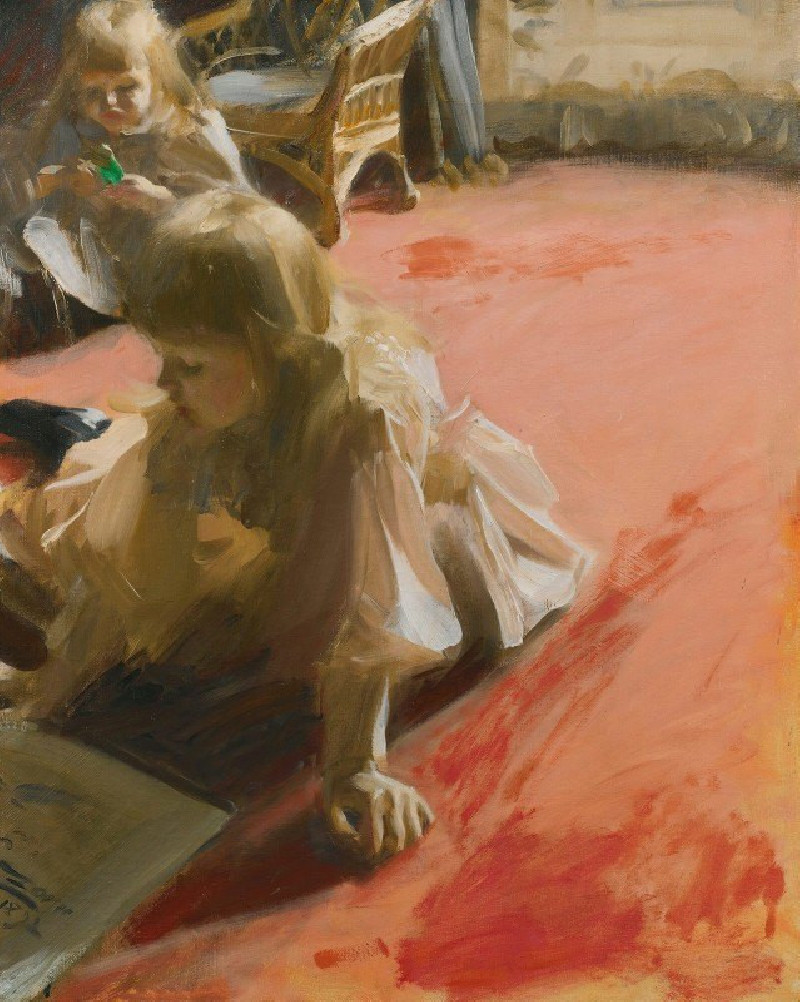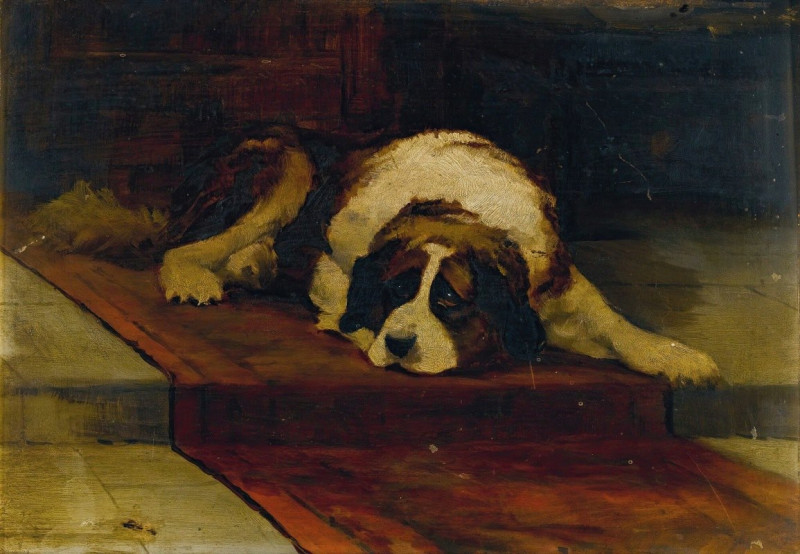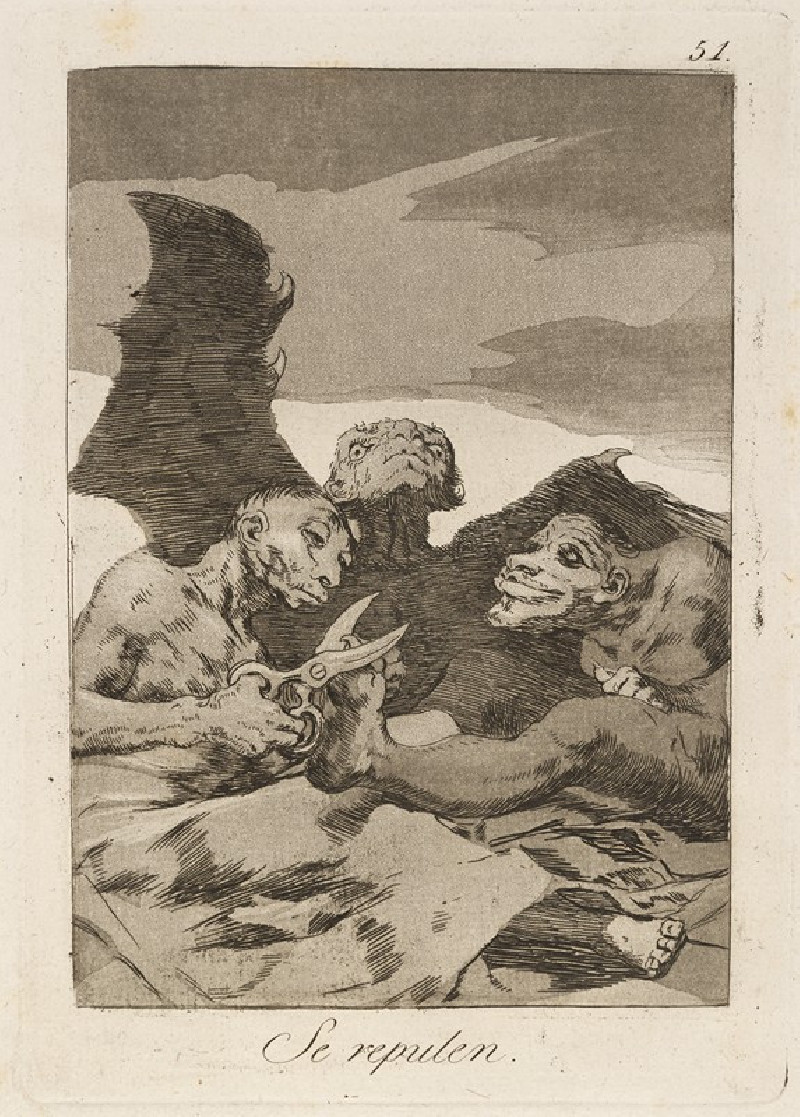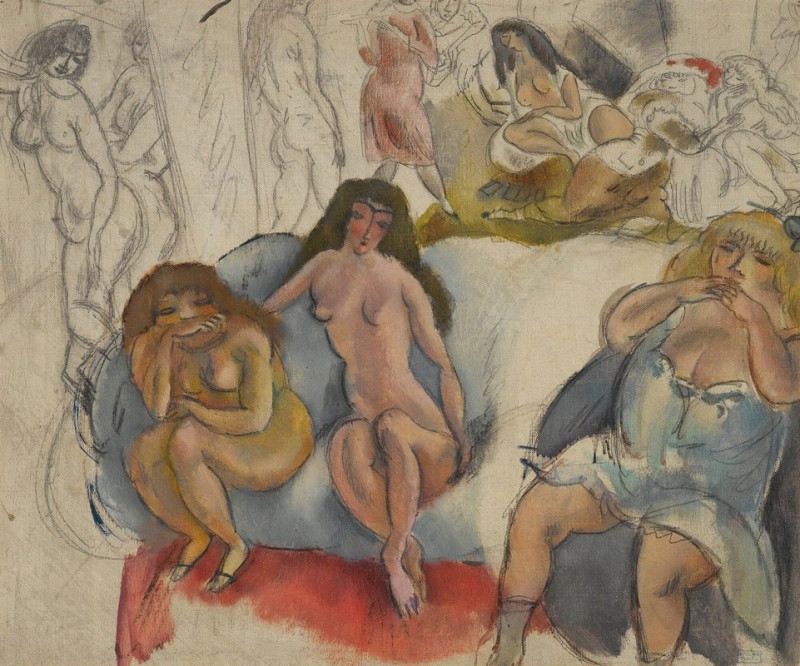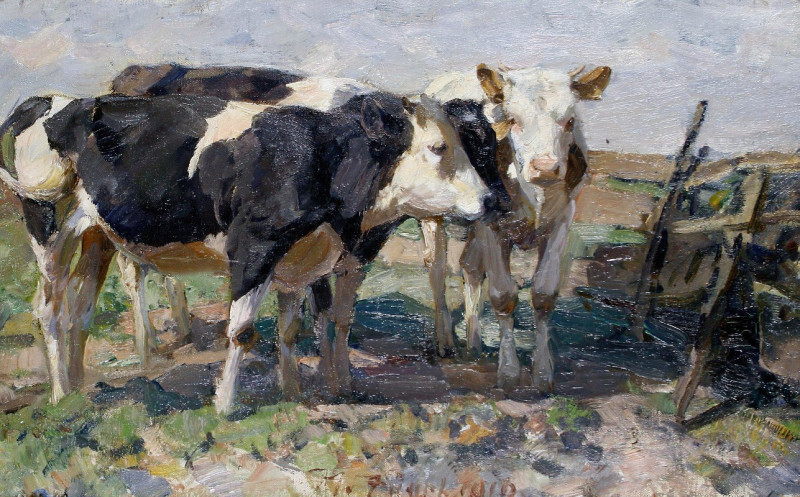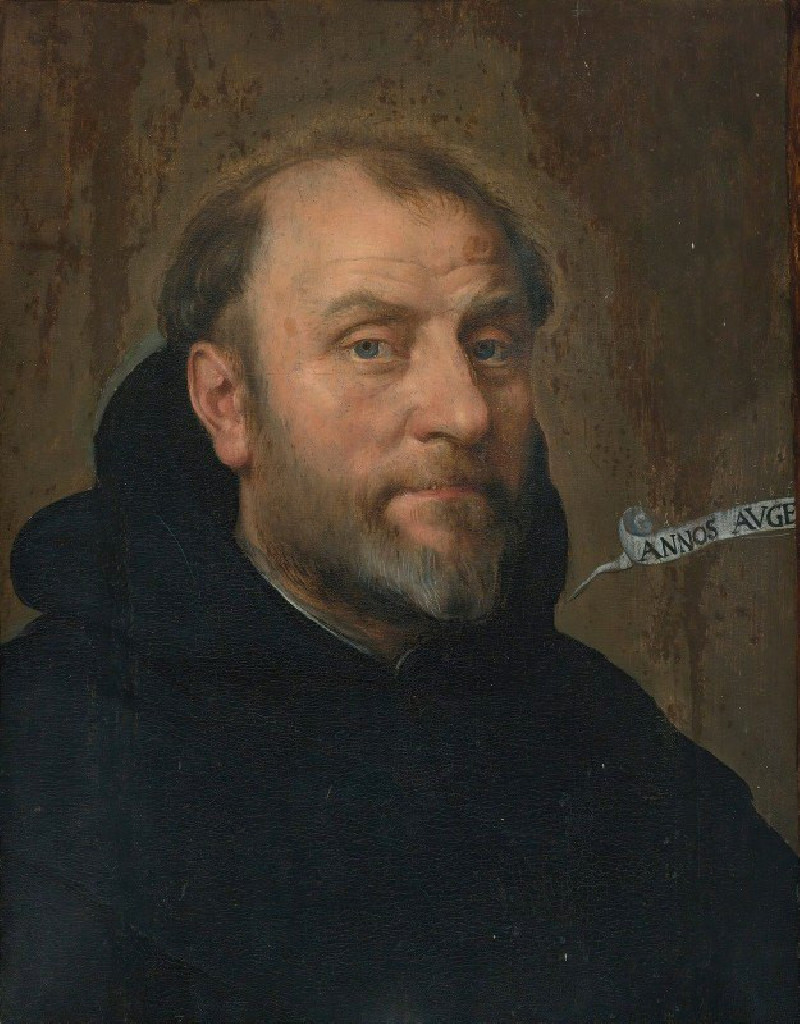The Banjo Lesson (circa 1893)
Technique: Giclée quality print
Recommended by our customers
More about this artwork
Mary Cassatt's tender painting, "The Banjo Lesson", rendered circa 1893, portrays an intimate and nurturing moment between two figures engaged in a musical teaching session. Unlike its namesake by Henry Ossawa Tanner, which features an African-American grandparent and grandchild, Cassatt's rendition captivates with its delicate touch and focus on female subjects.The artwork, distinguished by ethereal linework combined with soft pastel coloration, vividly captures an older woman instructing a younger woman in playing the banjo. The backdrop is delicately muted, drawing focus to the subjects and their quiet concentration. The older woman gently leans over the younger, her presence both protective and guiding, while the pupil attentively tries her hand at the strings, her gaze downward with careful focus.Structured in Impressionist style, the painting exudes a warm, inviting atmosphere, highlighted by the teal, pink, and ivory tones dominating the palette. Cassatt’s ability to convey the texture of fabrics—the shimmering royal blue jacket and the speckled light blue dress—adds a tactile quality that brings the scene to life."The Banjo Lesson" by Mary Cassatt thus emerges not only as a visual treat but as a poignant representation of learning, sharing, and the timeless, cross-generational transmission of art and culture.
Delivery
Returns
Mary Stevenson Cassatt was an American painter and printmaker. She was born in Allegheny City, Pennsylvania (now part of Pittsburgh’s North Side), but lived much of her adult life in France where she befriended Edgar Degas and exhibited with the Impressionists. Cassatt often created images of the social and private lives of women, with particular emphasis on the intimate bonds between mothers and children.
She was described by Gustave Geffroy as one of "les trois grandes dames" (the three great ladies) of Impressionism alongside Marie Bracquemond and Berthe Morisot.In 1879, Diego Martelli compared her to Degas, as they both sought to depict movement, light, and design in the most modern sense.


